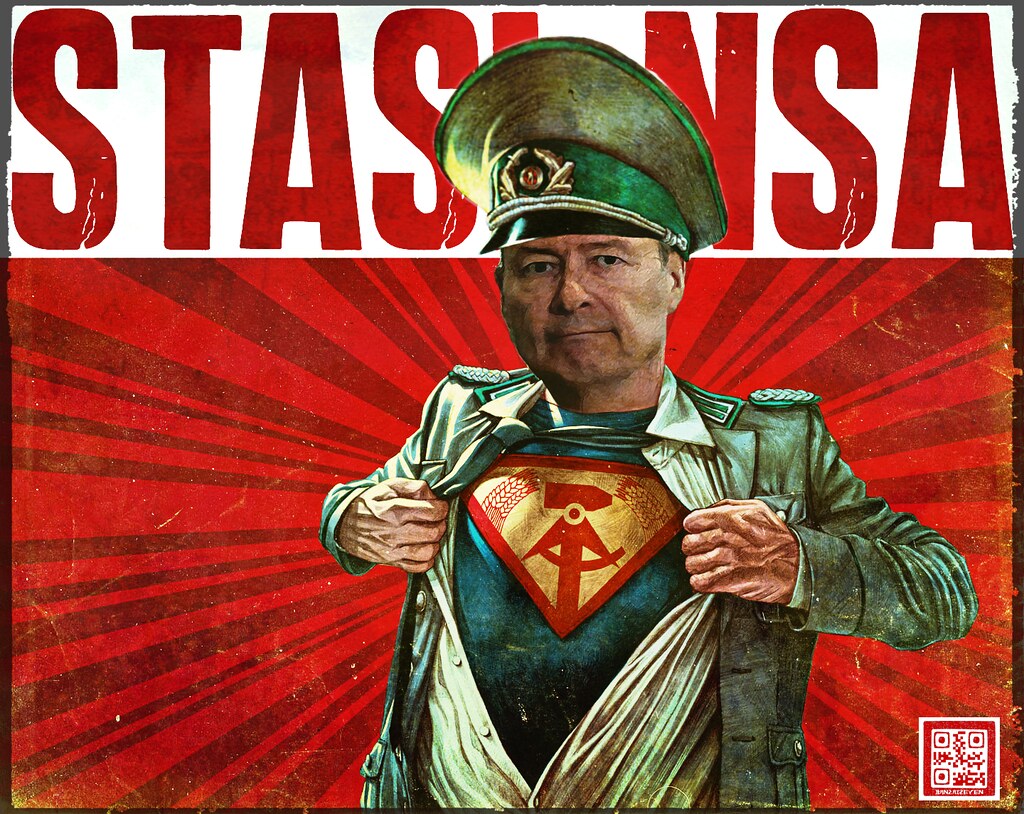From Sean Corrigan Of Diapason Commodities Management
Material Evidence
At present the whole world is happy to treat the post?Shutdown US as a Goldilocks fable. Herein, such good macro numbers as do occur are eitherdeemed an aberration soon to reversed as the supposed disruption of the budget dispute filters its way into the reckoning, or else they serve to underpin the assumptions of higher earnings to come. Weaker ones – like the just?released NFP – are also welcome for their prophylactic effect since they can only continue to disarm an already bedraggled flock of Fed hawks, leaving the rest of us hoarsely Yellen for more.
So, in the run?up to book closing, we may see everyone scramble out to their waiting Sopwith, silk scarf flapping jauntily in the slipstream of the ‘crate’s’ spinning propellers, to the exultant cryof, “Chocks away, Ginger!? Off will go our heroes, soaring not so much to a tumult in the clouds as to the wide, blue yonder of ever higher equity prices and ever fatter bonus cheques.
Ye Gods! Even that discredited old hack, Alan Greenspan ? the man who bears as much responsibility as anyone for the hypertrophy of state- supported finance and thus for the havoc it continues to wreak ? is at it, trying to tell us that because of a low ‘equity premium’ (read: ludicrously intervention?depressed bond yields), the ‘momentum’ of stocks ‘is still relatively up’.
Such a market is therefore likely to suck everyone in to its last, Plinian updraft no matter how stretched everything becomes and no matter how great the risk of being cast into perdition in the pyroclastic collapse to come. That said, one cannot fail to be tempted by the fact that margin debt is in the stratosphere (a new dollar high and a fraction of market cap only outdone in QI’00); sentiment is heavily bullish (the AAII Bull?Bear index is at levels only once beaten to any significant degree in the past since the start of 2006; while that same index multiplied by stock prices is in the 97th percentile of a quarter?century sample), put?call skews are high and vols are low.
In turn, this means that our favourite ‘Blue Sky’ indices (index levels divided by volatility measures, such as OEX/VXO) are off the charts. Indeed, that particular example is now 2.7 sigmas over a 28?year mean, in a 99th percentile which has only once been surpassed, at the start of 2007, before the first rumblings of the CDO cyclone and sub?prime tsunami were audible to any but the most perceptive listener. In Germany, the DAX/VDAX equivalent sits at a major, new 21?year high, a whopping 3.7 sigmas over its period mean.
There are one or two other technical signals, too. The S&P500 ex?financials has all but completed a handsome?looking long?term profile during the DDIE. The financials, meanwhile, have retraced 50% of their LEH?AIG meltdown. Nasdaq has been on one of Didier Sornette’s exponential accelerations, climbing more ever more rapidly on ever shorter timeframes up into the top few percent of another clean, projected top mapped out off the 2009 lows. Looking further back in time, since that same 2009 nadir, the DJIA has ascended by an amount only exceeded in the run up to 1920, 1929, 1937, 1987, and 2000 – all of them major tops. Juicy!
What we must caution here, however, is that anyone tempted to lean into this particular wind must have the patience to wait for signs of even a temporary exhaustion before setting shorts. Critical, too, will be the discipline to stop out if and when those initial selling ‘tails’ start to fill back in, for fear that this is a signal that the mania has not yet ended and that the buyers of dips are still all too dominant.
![]()
via Zero Hedge http://feedproxy.google.com/~r/zerohedge/feed/~3/wmfn3uwhSyU/story01.htm Tyler Durden














